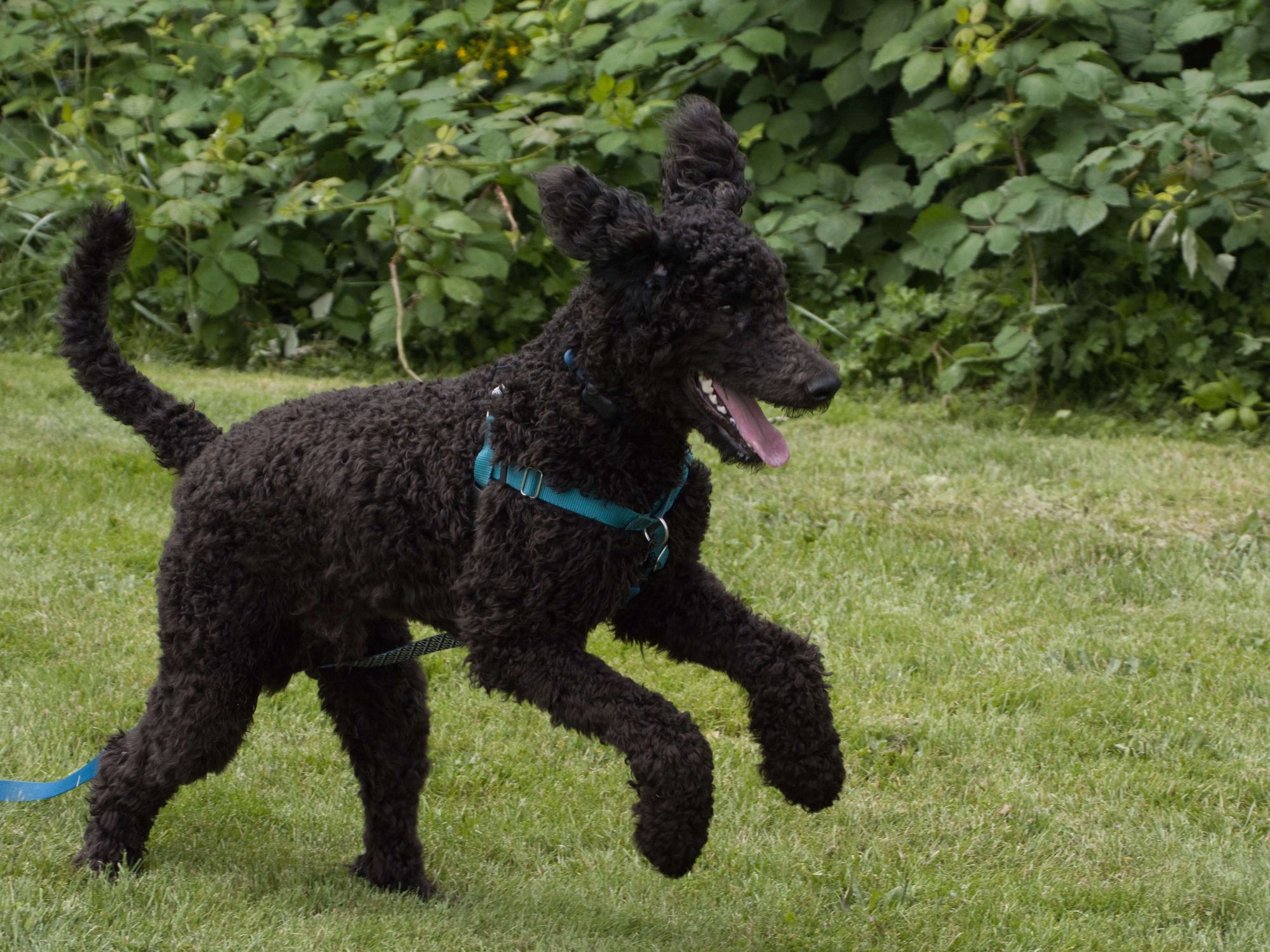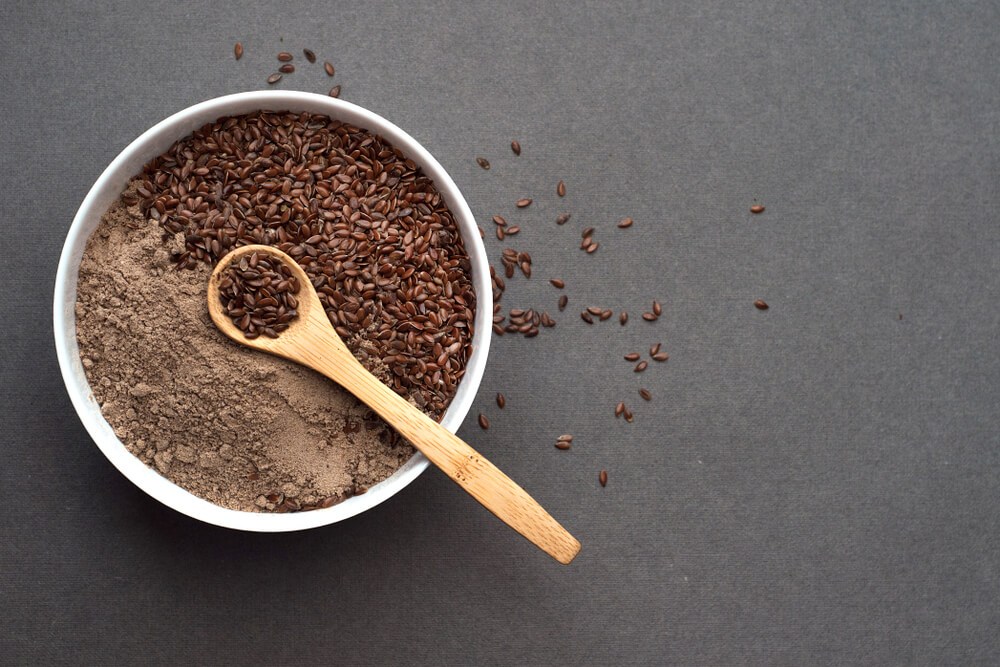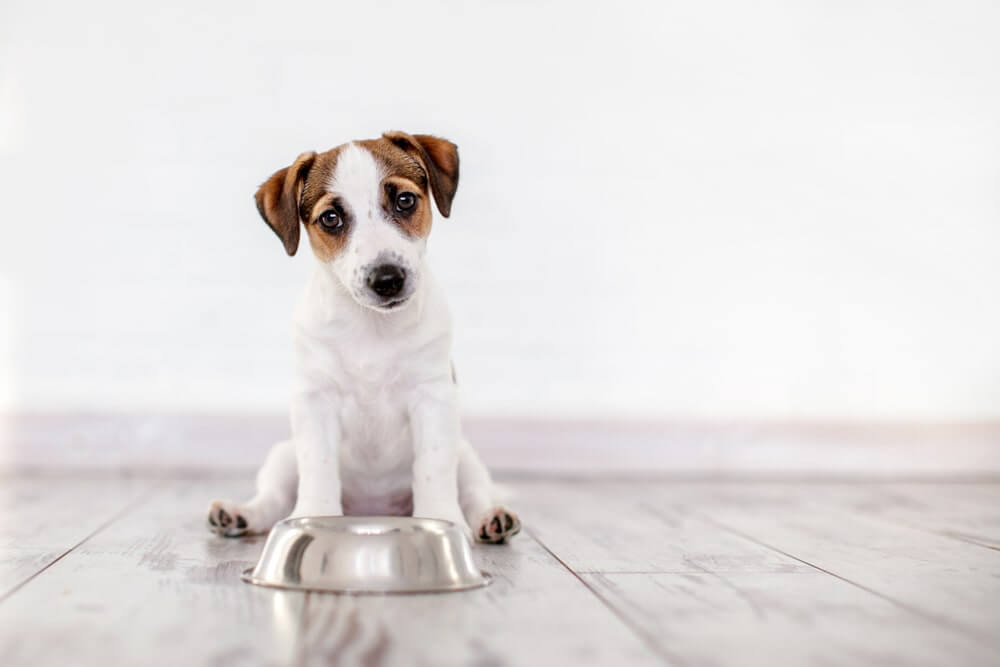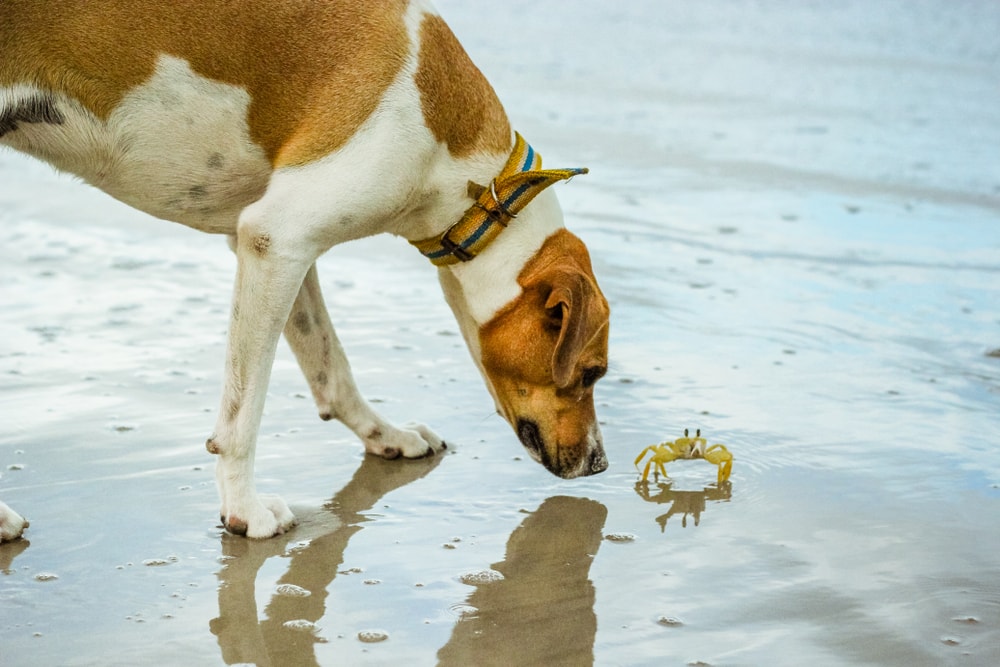Hey Ollie blog readers! We’re offering you an exclusive 60% OFF your starter box! Try now!
Although some dogs seem to be born with endless energy, nutrition fuels their every move and keeps their body and mind functioning optimally. By understanding your dog’s energy level and nutrient requirements, you can help ensure they thrive at every life stage.
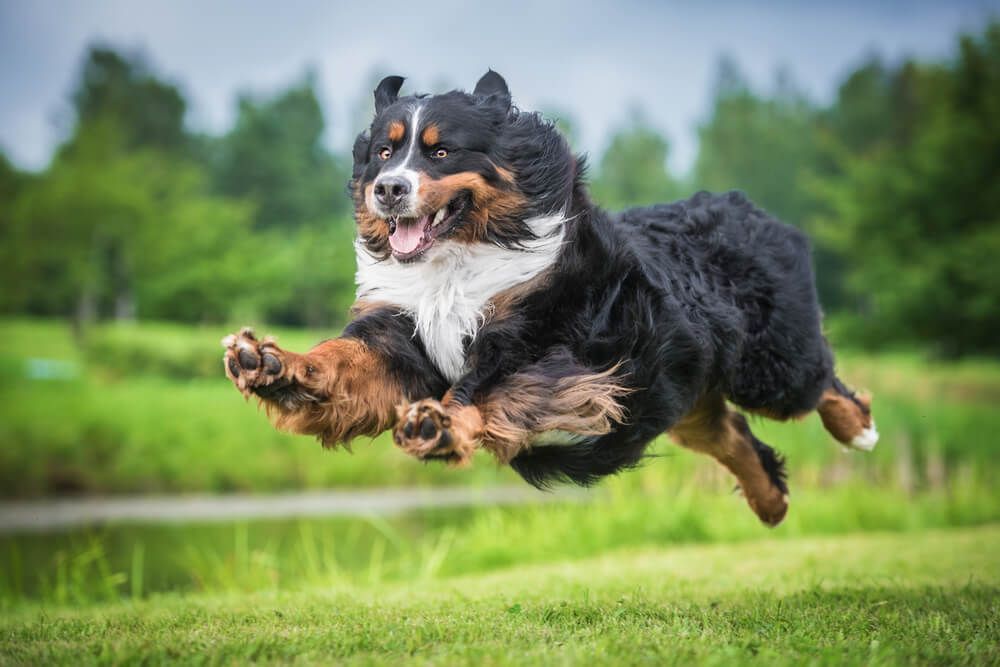
Adjusting Your Dog’s Food to Meet Their Energy Needs
Nutritionists advise people to eat three meals a day, but there’s no such guidance for dogs. In addition, an online search to determine the best dog food for energy—low or high—or for a specific role, such as being a working, athletic, or companion dog, often provides conflicting and confusing information.
Canine nutrition isn’t one size fits all, because your dog’s activity level (i.e., energy requirements), and the calories necessary to sustain it, change over time. Appropriate feeding is crucial to ensuring that your dog’s nutrition supports their physical and mental processes, as too few calories can result in poor body condition and reduced performance, while excess calories can lead to detrimental weight gain. Learn about five situations in which your dog’s nutritional needs may vary based on their activity level, health status, or specific life events.
1. My dog is pregnant or nursing
A pregnant or nursing dog’s caloric needs increase to support healthy gestation and to enable them to feed their young. Precise feeding is critical to help ensure mother and puppies receive appropriate nutrition. An insufficient or unbalanced diet can lead to serious health conditions or delivery-related complications, so talk to your veterinarian about how to best support your dog during this exciting time. If you’re an Ollie member, send us a litter announcement, so we can increase your dog’s meal portions to the appropriate amounts!
How Ollie Works: Fresh Dog Food Delivered to Your Door
2. My dog is recovering from illness, injury, or a surgical procedure
As your dog recovers from an illness, injury, or surgery, the healing process may seem slow and uneventful, but you should keep in mind that their body has specific caloric and nutrient requirements as it repairs and restores itself. When your dog is on the mend, they may need additional protein to maintain their lean body mass and a high fat-to-protein ratio. Because recovering dogs are generally insulin resistant, they need fewer carbohydrates. Added fat also makes meals more appetizing, which can encourage reluctant dogs to eat. We recommend feeding recovering dogs an easily digestible diet that also contains high protein and fat, such as Ollie’s Fresh Lamb With Cranberries recipe.
Recover and Reset with Bland Diets for Dogs
3. My dog is participating in athletic events
Depending on your dog’s sport and their performance level, they may have additional caloric needs during an intense training season or on a competition day. Even if your pup is not a high-level competitor but is participating in a dog sport for fun or exercise, try to ensure you fuel their body adequately to help maintain their ideal body condition. Consult your veterinarian to determine your pup’s energy needs and how nutrition can best support them when they are training for and participating in a sporting event.
4. My dog’s exercise routine has increased
If you’re increasing your dog’s exercise regimen to help them—and yourself—get in shape, you’ll also need to adjust their nutrition to ensure that their calorie, protein, and fat intake matches their new fitness level. Before beginning your dog’s new exercise routine, schedule your pup’s veterinary exam—and your own physical—to ensure your journey to health is safe and successful at both ends of the leash.
Exercising Your Dog: Tips and Recommendations
5. My dog needs to lose or gain weight
Helping your dog lose or gain weight involves more than adjusting their meal portion size, especially if they have an underlying health issue. If your dog is overweight or underweight, schedule a veterinary examination to rule out an underlying medical issue. You can then work with your veterinarian to ensure you implement your pup’s safe and healthy plan for weight gain or loss.
Nourishing your dog’s energy requirements and their overall health begins with a complete and balanced diet. As pup parents ourselves, we understand the importance of giving our dogs the best of everything, especially high-quality food. That’s why we are so proud to offer Ollie to all of our dog-devoted customers.
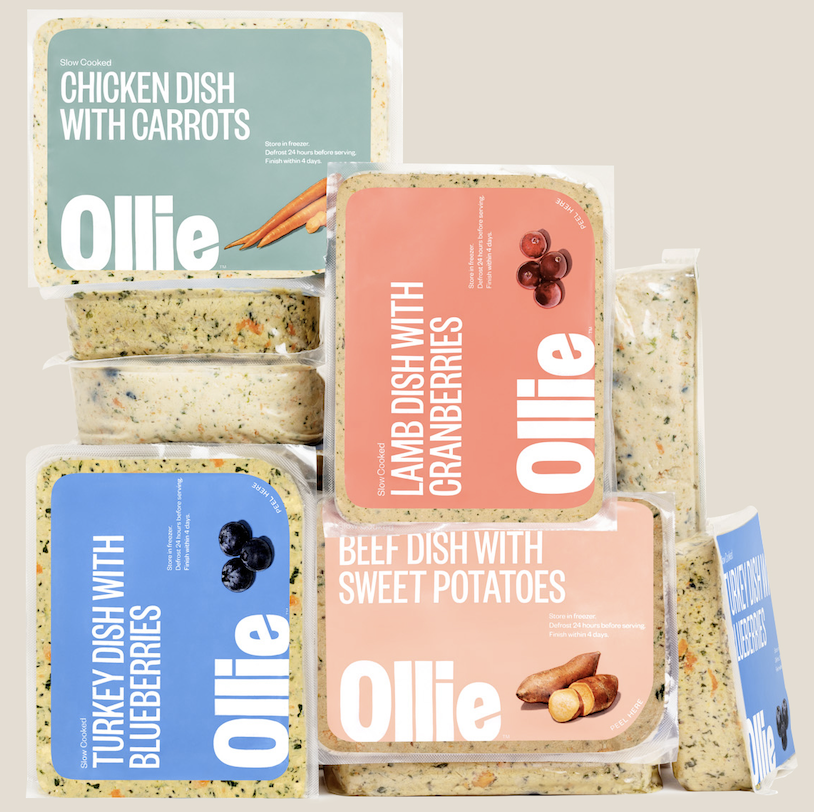

Find Out Which Recipe Plan is Right for Your Dog’s Needs
Get 60% of your first box of Ollie’s fresh
delivered meals today!
How to Fuel Your Dog’s Energy Levels Based on Their Individual Needs
Your dog’s optimal nutrition and feeding begins with a complete and balanced dog food, so check the label on your pup’s current food for a statement of nutritional adequacy. This statement should say that the food meets nutrient profiles established by the Association of American Feed Control Officials (AAFCO), or that the food has passed feeding trials designed to meet AAFCO’s standards. When a dog food’s label includes this statement, you have a simple and effective way of confirming that your pup’s food has the necessary ingredients to support their overall health.
You should also look at the label’s recommended feeding amounts. While most companies give you a rough approximation of the amount you should feed based on your dog’s body weight or estimated adult size, Ollie uses a proprietary algorithm developed with a veterinary nutritionist to calculate your dog’s caloric needs. This algorithm uses your Pup Quiz answers or member profile, including your dog’s breed, mix, age, size, weight, spay or neuter status, and activity level, to calculate precise serving amounts for your dog. If you prefer, you can tell us your dog’s ideal weight, and we will portion their food accordingly to help them gain or lose weight in a sustainable way.
Unlike other food formulas that are designed only for specific life stages (e.g., puppy, adult, senior), Ollie food is AAFCO-approved to meet each life stage’s nutritional needs. However, other variables, such as meal frequency and portion size, must be adjusted to ensure optimal nutrition.
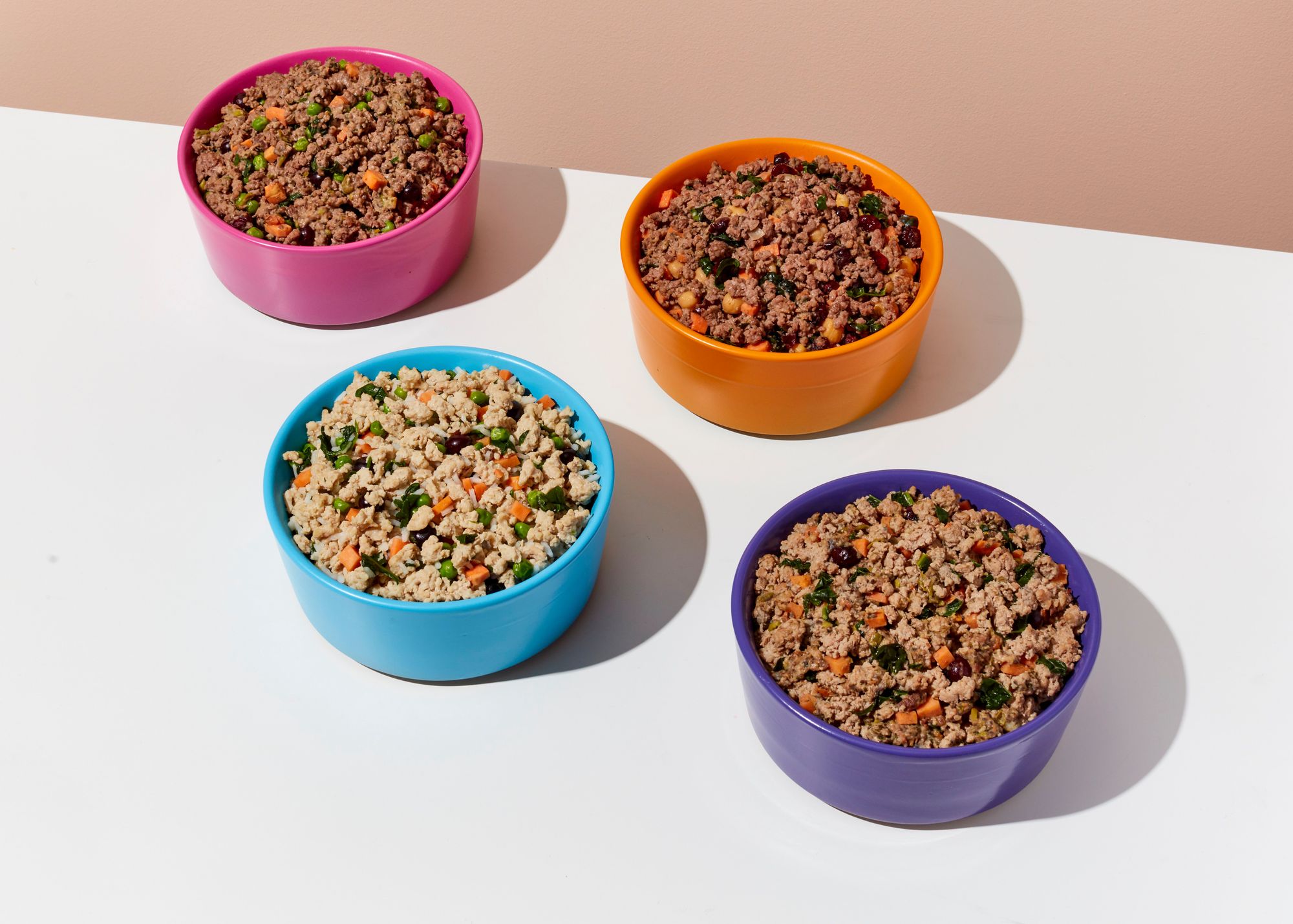
How Much Protein Does My Dog Need?
According to AAFCO’s nutrient profile, dogs require a minimum of 22.5% crude protein on a dry matter basis (DMB). If a food’s protein level is higher than your dog’s body needs, they convert the excess to nitrogen and eliminate the toxin via urination. A dog who has a persistently high protein intake may also store excess protein as fat, which their body can rely on for energy in a time of need.
Insufficient protein (i.e., less than 22.5%) impacts your dog’s health and development more significantly than a protein overabundance. If your dog eats less protein than their body requires, they can experience complications such as lethargy, weakness, weight loss, poor digestion, and a dull coat.
What Is the Best Meat for Dogs?
What’s in Ollie’s Food?
We prepare our food with human-grade meats for protein and fat, carefully selected fruit and vegetables for carbohydrates, fiber, vitamins, and minerals, and superfoods, such as chia seeds and cod liver oil, to boost your dog’s health and vitality. Our high-quality ingredients are our recipes’ cornerstones. So, you won’t find any unnecessary fillers, such as corn, soy, or wheat, in our meals. While fillers can be excellent inexpensive energy sources for dogs, they lack real nutritional value, and therefore, we never include them in our food.
Because our Ollie team believes variety enhances your pup’s appetite and provides comprehensive nutrition, we offer five delicious and unique recipes featuring human-grade proteins, including Chicken, Beef, Turkey, Pork, and Lamb. We cook each recipe gently at a low temperature to preserve the ingredients’ nutrient content and ensure safe handling (e.g., no harmful pathogens). Our team seals the meals in easy-to-store packs and promptly freezes them to lock in freshness. We then assemble your order and ship the meals straight to your door. All you have to do is unpack, thaw, and serve to provide your dog with precisely calculated, carefully crafted nutrition tailored to their specific needs. Easy, right?
The Ollie blog is devoted to helping pet parents lead healthier lives with their pups. If you want to learn more about our fresh, human-grade food, check out MyOllie.com
Tagged As:

The nutrition your dog needs,
the food they want.

Enjoying our articles? Subscribe our Newsletters and get new articles directly to your inbox
You might also like
18 September 2025
6 MINS READ
Can Dogs Eat Flaxseed? Is Flaxseed Safe For Dogs?
Wondering if flaxseed is safe for your dog? This guide breaks down the benefits, risks, and best ways to add flaxseed, or flaxseed oil, to your pup’s diet.
18 September 2025
6 MINS READ
Why is My Dog Not Eating But Acting Normal? Causes & What To Do
Worried your dog isn’t eating but still acting normal? Here’s what could be going on and what to do to help your pup get their appetite back.
18 September 2025
5 MINS READ
Can Dogs Eat Crab? Is Crab Meat Safe For Dogs?
Thinking about giving your dog crab meat? Find out if it’s safe, what risks to watch for, and when crab might do more harm than good.
